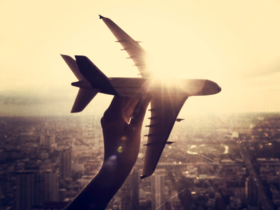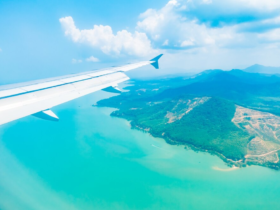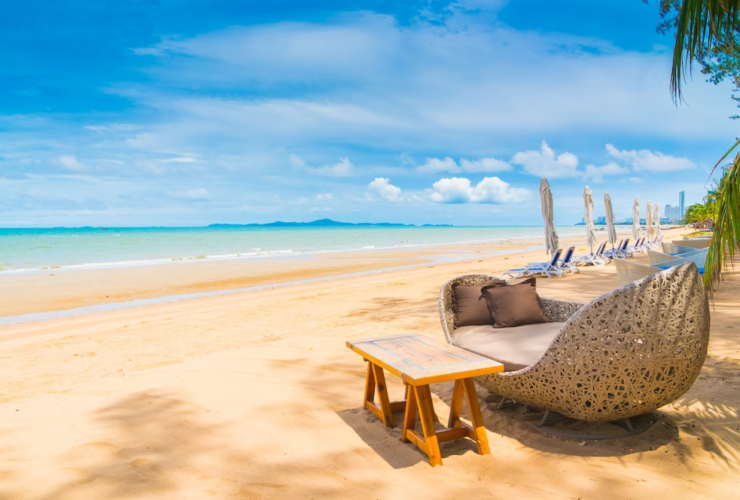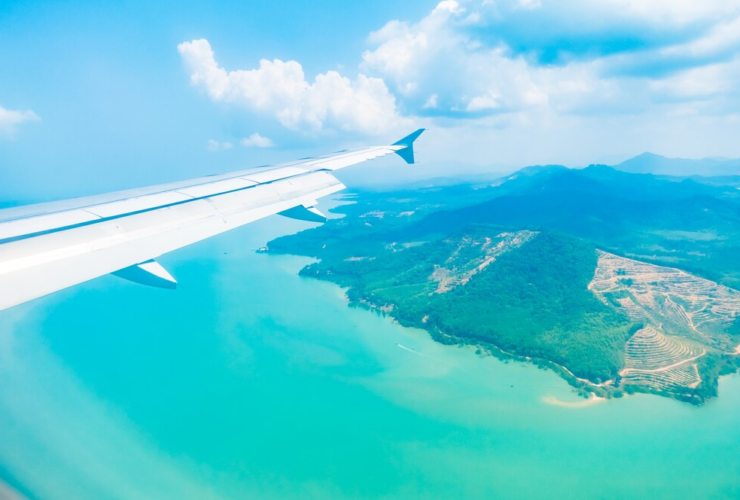The Aurora Borealis, commonly referred to as the Northern Light, is a breathtaking and unique sight. Locations with high levels of aurora activity, clear skies, and little light pollution are frequently associated with the best Northern light vacations. When planning a trip to see the Northern Lights, consider the time of year, the climate in the region, and the duration of darkness. Enrolling in guided tours and staying in accommodations equipped with aurora alerts can also help you see this incredible natural event more often.

Some of the top destinations for Northern light enthusiasts are:
- Tromsø, Norway
- Reykjavik, Iceland
- Abisko, Sweden
- Fairbanks, Alaska, USA
- Yellowknife, Canada
- Rovaniemi, Finland
- Kiruna, Sweden
- Yukon, Canada
1. Tromsø, Norway is the Northern light

Norway’s Tromsø is an excellent place to see the Northern Lights. The city of Tromsø is situated far above the Arctic Circle in the northern region of Norway. It’s a great place to see the Aurora Borealis because of its high latitude. In Tromsø, the best time to see the Northern light is usually from late September to early April, when the nights are dark enough to see the aurora. December through February are the busiest months. Since Tromsø has a subarctic climate with bitterly cold winters, wearing warm clothing is imperative when going outside to see the aurora. The Tromsø Airport has excellent connections to major cities, making Tromsø easily accessible by air. Taxis and public transportation are widely accessible in the city. The Tromsø Airport has excellent connections to major cities, making Tromsø easily accessible by air. Taxis and public transit are available in the city.
2. Reykjavik, Iceland is the Northern light

Iceland’s Reykjavik is a mesmerizing place with a special fusion of natural beauty and cultural experiences. Situated on the southwest coast of Iceland is Reykjavik, the country’s capital and largest city. It’s a great starting point for seeing the varied scenery of the nation, which includes glaciers, waterfalls, and geysers. In Iceland, the Northern Lights season usually lasts from late September to early April. The ideal time to visit Reykjavik, however, will depend on your personal preferences. Long days are available in the summer (June to August), and the chance to see the Northern Lights is available in the winter (December to February). Reykjavik is a fantastic destination for an amazing trip because it’s a bustling city with a rich cultural past in addition to being the starting point for discovering Iceland’s stunning natural attractions.
3. Abisko, Sweden

Sweden’s Abisko is a charming place with plenty of chances to see the Northern Lights and immaculate scenery. Swedish Lapland’s Abisko is a small village close to Lake Torneträsk’s edges. It’s a well-known location for seeing the Northern Lights because of its clear skies. It is important to dress warmly because Abisko has a subarctic climate with cold winters. Northern Lights visibility is best when there is minimal light pollution and clear skies. While Abisko’s natural beauty is its primary draw, you can also learn about the Sami heritage and other aspects of the local culture through guided tours and community events. Abisko is a fantastic destination for outdoor enthusiasts due to its extraordinary scenery, distinctive aurora viewing experience, and range of outdoor activities.
4. Fairbanks, Alaska, USA

The largest city in Alaska’s interior, Fairbanks is well-known for being easily accessible to the Arctic Circle and for being in a prime location to see the Northern Lights. In Fairbanks, the Northern Lights season usually lasts from late August to mid-April. The winter months of December through February, when the nights are the longest and darkest, are the peak months for aurora activity. Since Fairbanks has a subarctic climate with frigid winters, it’s crucial to wear warm clothing when going outside to see the Northern Lights. The best nighttime conditions for seeing auroras are clear and dark. Fairbanks is a major destination for anyone looking for an unforgettable aurora adventure because it provides a special blend of wilderness, cultural experiences, and, of course, the breathtaking Northern Lights.
5. Yellowknife, Canada

Canada’s Yellowknife is a well-known location to see the Northern Lights. The capital of Canada’s Northwest Territories, Yellowknife, is located on the northern edge of Great Slave Lake. It’s the perfect place to see the Northern Lights because of its high latitude and clear skies. In Yellowknife, the Northern Lights season usually lasts from late August to mid-April. The winter months of December through February, when the nights are the longest and darkest, are the peak months for aurora activity. Since Yellowknife has a subarctic climate with frigid winters, wearing warm clothing is essential when going outside to see the Northern Lights. The best conditions for viewing auroras are cloudless, dark skies. Yellowknife provides a unique blend of outdoor activities and breathtaking natural beauty.
6. Rovaniemi, Finland

The Northern Lights and the winter wonderland atmosphere of Rovaniemi, Finland, make it a magical place to visit. Lapland is a region in northern Finland, with its capital and largest city being Rovaniemi. The location is close to the Arctic Circle, offering a fantastic opportunity to see the Northern Lights. Wearing warm clothing is essential when visiting Rovaniemi to witness the Northern Lights due to its subarctic climate and frigid winters. Clear skies are a result of the city’s distance from large urban centers. A popular destination for travelers looking for a fantastic Arctic adventure, Rovaniemi offers a distinctive blend of winter activities, cultural encounters, and the breathtaking Northern Lights.
7. Kiruna, Sweden

The town of Kiruna is found in the Lapland region of Sweden’s far north. Situated on the northernmost tip of Sweden, it boasts one of the biggest land areas among municipalities. Kiruna is renowned for its breathtaking natural beauty, which includes the Northern Lights (Aurora Borealis), which can be seen in the winter, and the neighboring Abisko National Park.
Being close to the Kiruna Mine, one of the biggest and most advanced underground iron ore mines in the world is one of Kiruna’s unique characteristics. The town’s development has greatly benefited from the mining activity, but it has also presented some particular difficulties. Owing to mining-related ground subsidence, the town is undergoing a cautious.
8. Yukon, Canada

Yukon is a region in northwest Canada that is renowned for its breathtaking scenery, rich history, and enormous, untamed wilderness. Alaska is a state in the United States, and the Canadian provinces of British Columbia and Alberta border it. The largest city in the territory, Whitehorse, serves as the capital of Yukon. Located on the Yukon River, Whitehorse is a center for trade, transportation, and cultural events. The Yukon River, which meanders through the region’s picturesque scenery, is the source of the territory’s name.
Yukon’s economy is centered on mining, tourism, and outdoor recreation, and it has a small population. Because of its wild and isolated nature, the area is a refuge for people looking for adventure and a sense of being in touch with nature. It is renowned for its cultural diversity as well, as evidenced by the large numbers of Indigenous peoples, such as the Inuit and First Nations. Yukon offers visitors and locals alike the opportunity to witness the magnificent natural phenomenon known as the Aurora Borealis, or Northern Lights, particularly in the winter.
Read Also: The best hiking places to visit in the World






